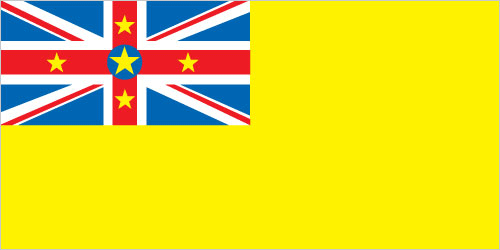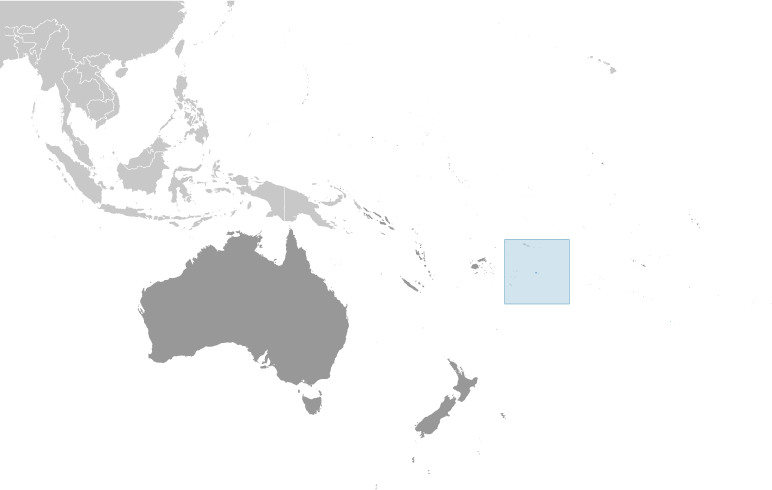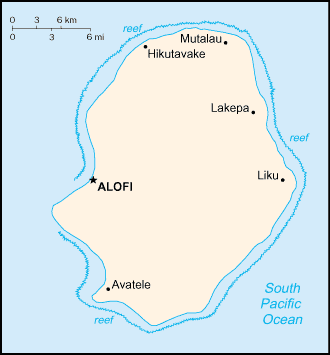|
Economy - overview:
|

|
|
The economy suffers from the typical Pacific island problems of geographic isolation, few resources, and a small population. Government expenditures regularly exceed revenues, and the shortfall is made up by critically needed grants from New Zealand that are used to pay wages to public employees. Niue has cut government expenditures by reducing the public service by almost half. The agricultural sector consists mainly of subsistence gardening, although some cash crops are grown for export. Industry consists primarily of small factories to process passion fruit, lime oil, honey, and coconut cream. The sale of postage stamps to foreign collectors is an important source of revenue. The island in recent years has suffered a serious loss of population because of emigration to New Zealand. Efforts to increase GDP include the promotion of tourism and financial services, although the International Banking Repeal Act of 2002 resulted in the termination of all offshore banking licenses. Economic aid from New Zealand in FY08/09 was US$5.7 million. Niue suffered a devastating typhoon in January 2004, which decimated nascent economic programs. While in the process of rebuilding, Niue has been dependent on foreign aid.
|
|
|
GDP (purchasing power parity):
|

|
|
$10.01 million (2003 est.)
country comparison to the world: 228
|
|
|
GDP (official exchange rate):
|

|
|
$10.01 million (2003)
|
|
|
GDP - real growth rate:
|

|
|
6.2% (2003 est.)
country comparison to the world: 40
|
|
|
GDP - per capita (PPP):
|

|
|
$5,800 (2003 est.)
country comparison to the world: 149
|
|
|
GDP - composition by sector:
|

|
|
agriculture: 23.5%
industry:
26.9%
services:
49.5% (2003)
|
|
|
Labor force:
|

|
|
663 (2001)
country comparison to the world: 231
|
|
|
Labor force - by occupation:
|

|
|
note: most work on family plantations; paid work exists only in government service, small industry, and the Niue Development Board
|
|
|
Unemployment rate:
|

|
|
12% (2001)
country comparison to the world: 126
|
|
|
Population below poverty line:
|

|
|
NA%
|
|
|
Household income or consumption by percentage share:
|

|
|
lowest 10%: NA%
highest 10%:
NA%
|
|
|
Budget:
|

|
|
revenues: $15.07 million
expenditures:
$16.33 million (FY04/05)
|
|
|
Budget surplus (+) or deficit (-):
|

|
|
-12.6% of GDP (FY04/05)
country comparison to the world: 212
|
|
|
Inflation rate (consumer prices):
|

|
|
4% (2005)
country comparison to the world: 114
|
|
|
Agriculture - products:
|

|
|
coconuts, passion fruit, honey, limes, taro, yams, cassava (tapioca), sweet potatoes; pigs, poultry, beef cattle
|
|
|
Industries:
|

|
|
handicrafts, food processing
|
|
|
Industrial production growth rate:
|

|
|
NA%
|
|
|
Exports:
|

|
|
$201,400 (2004)
country comparison to the world: 220
|
|
|
Exports - commodities:
|

|
|
canned coconut cream, copra, honey, vanilla, passion fruit products, pawpaws, root crops, limes, footballs, stamps, handicrafts
|
|
|
Imports:
|

|
|
$9.038 million (2004)
country comparison to the world: 222
|
|
|
Imports - commodities:
|

|
|
food, live animals, manufactured goods, machinery, fuels, lubricants, chemicals, drugs
|
|
|
Debt - external:
|

|
|
$418,000 (2002 est.)
country comparison to the world: 200
|
|
|
Exchange rates:
|

|
|
New Zealand dollars (NZD) per US dollar -
1.289 (2012)
1.263 (2011)
1.3874 (2010)
1.6002 (2009)
1.4151 (2008)
|
|
|
Fiscal year:
|

|
|
1 April - 31 March
|
|
|
|





 )
)



